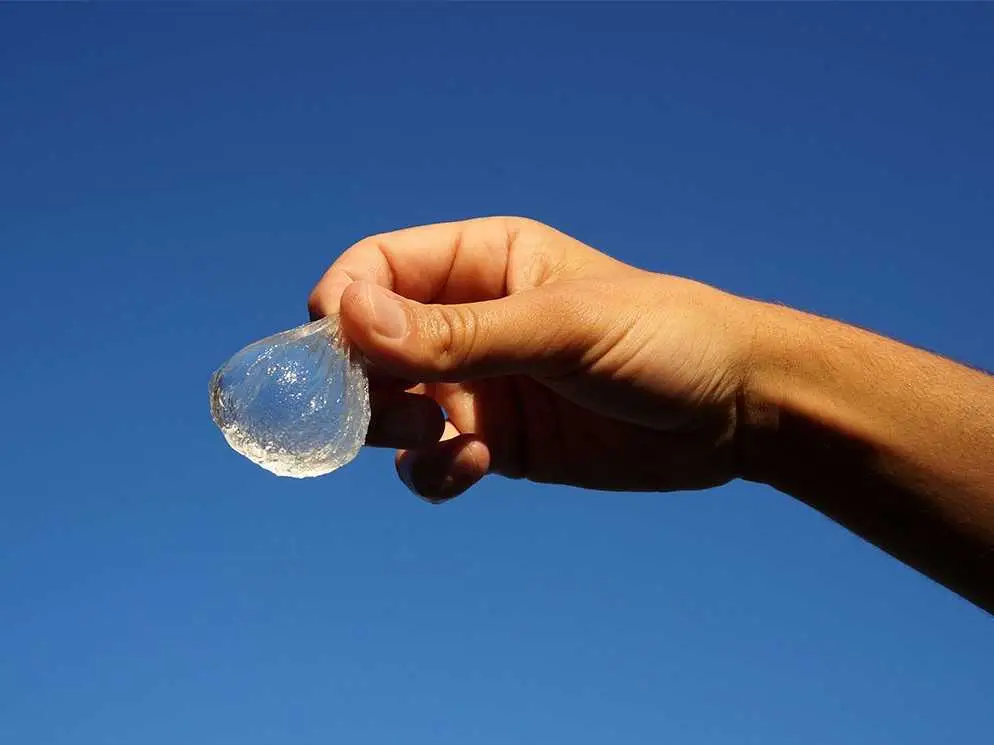RR X CI Workshop

Nature’s Climate Heroes

Share
Sarah Garcinuño
During the time of global warming, many individuals are involved in combating climate change. Animals including elephants, tapirs, whales, phytoplankton, and sea otters also play a crucial role in mitigating the impacts of climate change
Elephants
Elephants keep carbon in their bodies. When an elephant dies, the carbon stays in the ground, keeping it out of the atmosphere. While walking around in the forest, elephants stomp out small invasive plant species leaving room for bigger trees to grow and absorb carbon. Their dung also gives nutrients to the soil, helping plants grow stronger. In the dung are seeds, which help seed dispersal.
It is estimated that Africa’s Rain Forests would lose 7% of their ability to store carbon dioxide if elephants go extinct. Furthermore, Africa is predicted to lose about 3 billion tons of carbon dioxide.
Tapirs
After years of humans chopping down trees, the Amazon is left bare and degraded. Lots of animals take part in seed dispersal, but tapirs like to roam around decimated lands rather than untouched, pristine lands. They eat shrubs, herbs, and leaves in rich nutrients. They are valued recyclers of nutrients because as they move through the forest, tapirs leave trails of seeds in their waste. This helps forests regenerate in places once cleared by humans.
Whales
Every great whale has taken about 33 tons of carbon in its life. When whales are killed prematurely, we have lost a crucial tool for carbon capture and its possible future offspring. When a whale dies of natural causes, its carbon turns into sediment and settles on the seafloor. As whales move and migrate around the world, they leave behind waste dense with nitrogen and iron, which assists in a healthy environment for phytoplankton to grow in.
Phytoplankton
Phytoplankton are microscopic organisms that live in both seawater and freshwater. They are estimated to capture about 40% of all the carbon dioxide in the atmosphere and provide about 50% of all the oxygen on Earth! Trees contribute to the remaining 50%. Phytoplankton are spread all over the oceans and are highly efficient at photosynthesis. Since they are microscopic, phytoplanktons can multiply rapidly and live in great numbers.
Sea Otters
Sea otters play an essential role in a food chain that eventually helps capture carbon dioxide from the air. They feed on sea urchins, which eat kelp. While sea otters are keeping a balance on the sea urchin population, kelp - a terrific carbon dioxide sequester - has a better chance to flourish
Robinson Review Favorites
Songi Chai, Yubin Cho, Seohyun Jang..
Trending on Robinson Review
Contact Us





